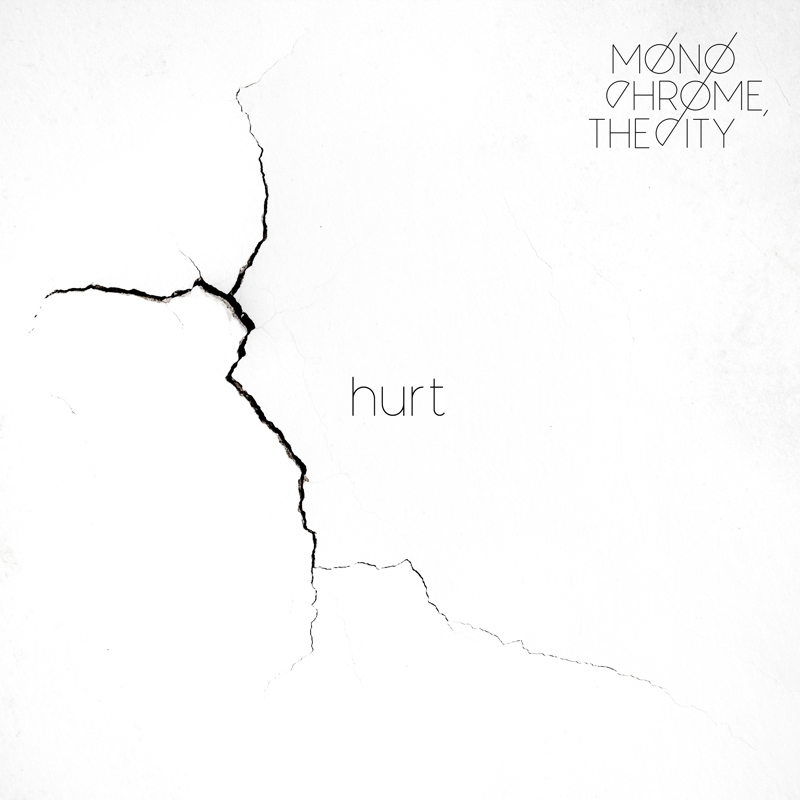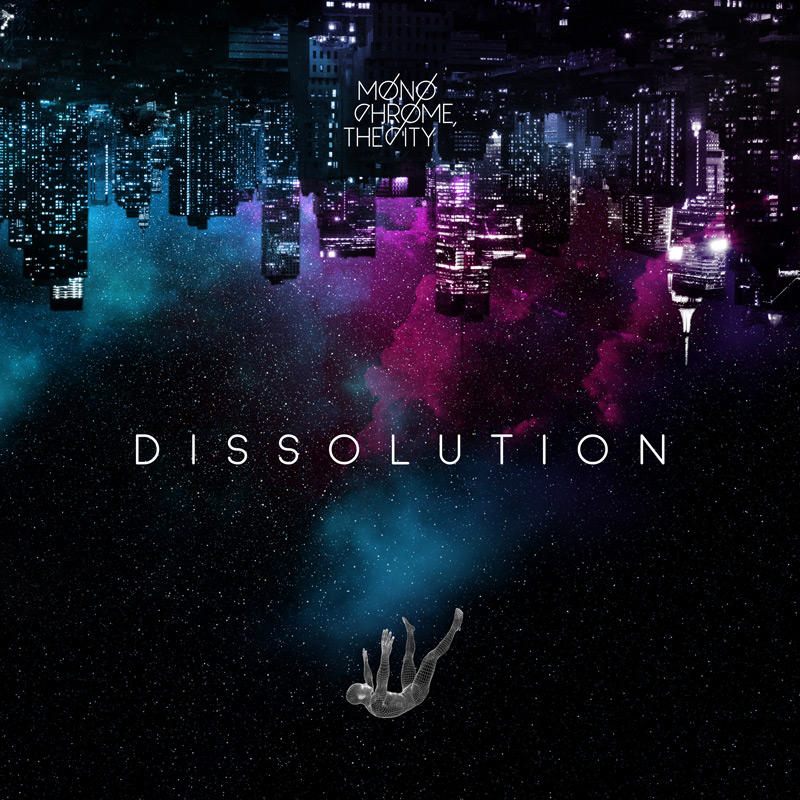We started walking through the city letting the night surrounding us.
The scents, the colours, the noise of the shutters closing down behind us and we wondered:
HOW DOES A CITY SOUND?
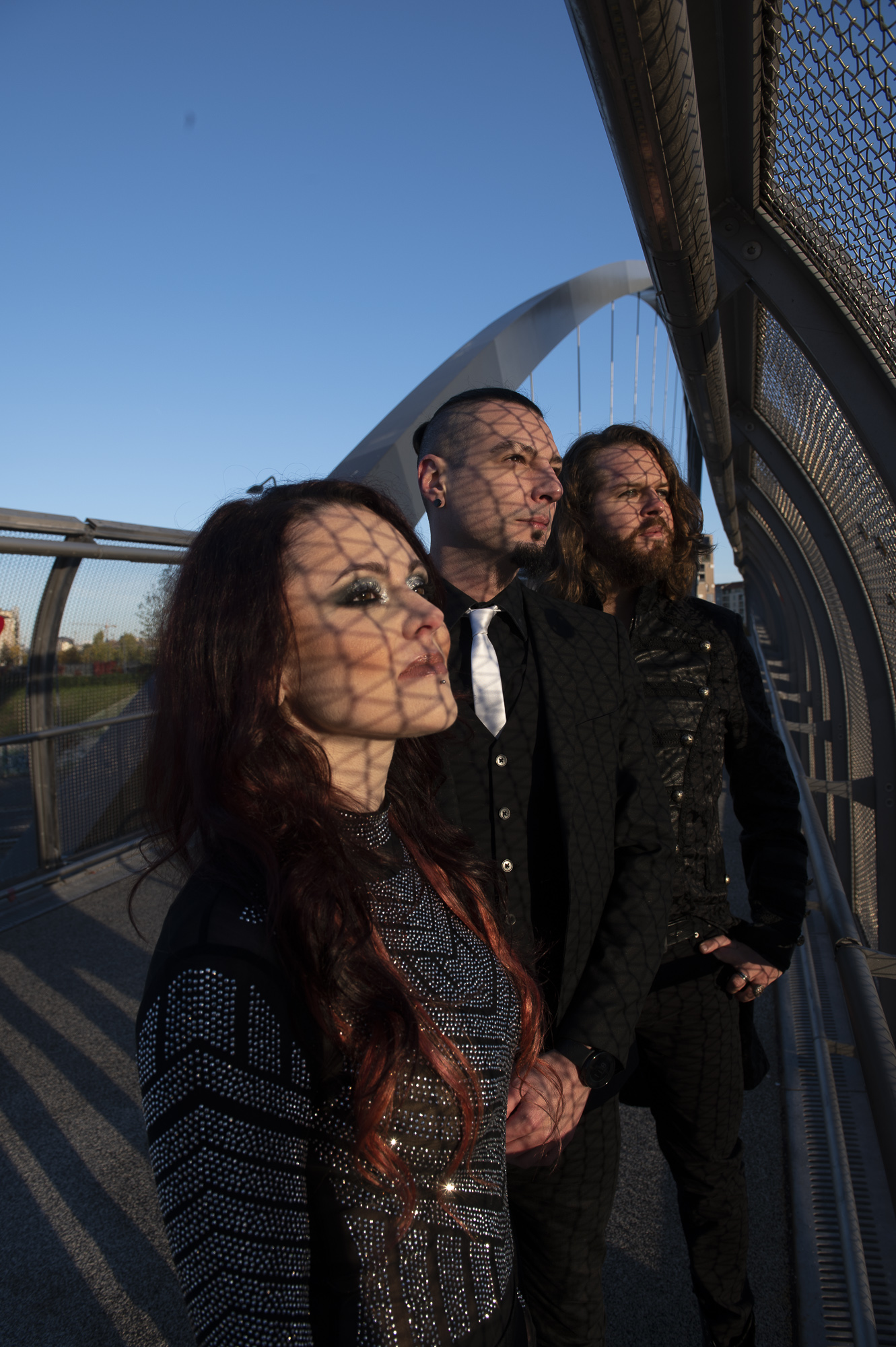
THE PROJECT
Monochrome, the City was born in early 2019 from the question “How does a City Sound?“.
From Marc Augé’s non-places to Italo Calvino’s fantastic and surreal “Invisible Cities” via Le Corbusier’s urbanistic examinations, the aim is to recreate a sensory experience of a city at night: a journey through what is the centre of the contemporary world and where the noise of urban reality merges with the sound of thoughts and dreams.
The musical style blends typical elements of classical sounds with modern elements of electronic and noise experimentation, combining them in a fluid and evolving texture.
Line up:
- Luca Cadel – Guitar, synths, programming
- Filippo Pedretti – Violins, synth, Azzam Bells MPA 019
- Lucia Amelia Emmanueli – Vocals
The material presented has not yet been published, please do not disclose it to third parties.
(IN)VISIBLE
A journey through the imperfections and weaknesses of the human being and the way they are contextualised in contemporary society.
A journey through the modern city and its suggestive glimpses (the visible) and the thoughts that resonate within them (the invisible).
The EP winks at Italo Calvino’s famous work “Invisible Cities”, which was published in 1972 and therefore written in a civil, economic and social context completely different from the current one and apparently very distant.
Despite of that, the way he describes the imaginary and surreal cities of his romance seems to be contextualised in the 21st century and there seems to be a hidden profound messages about what is happening to humanity.
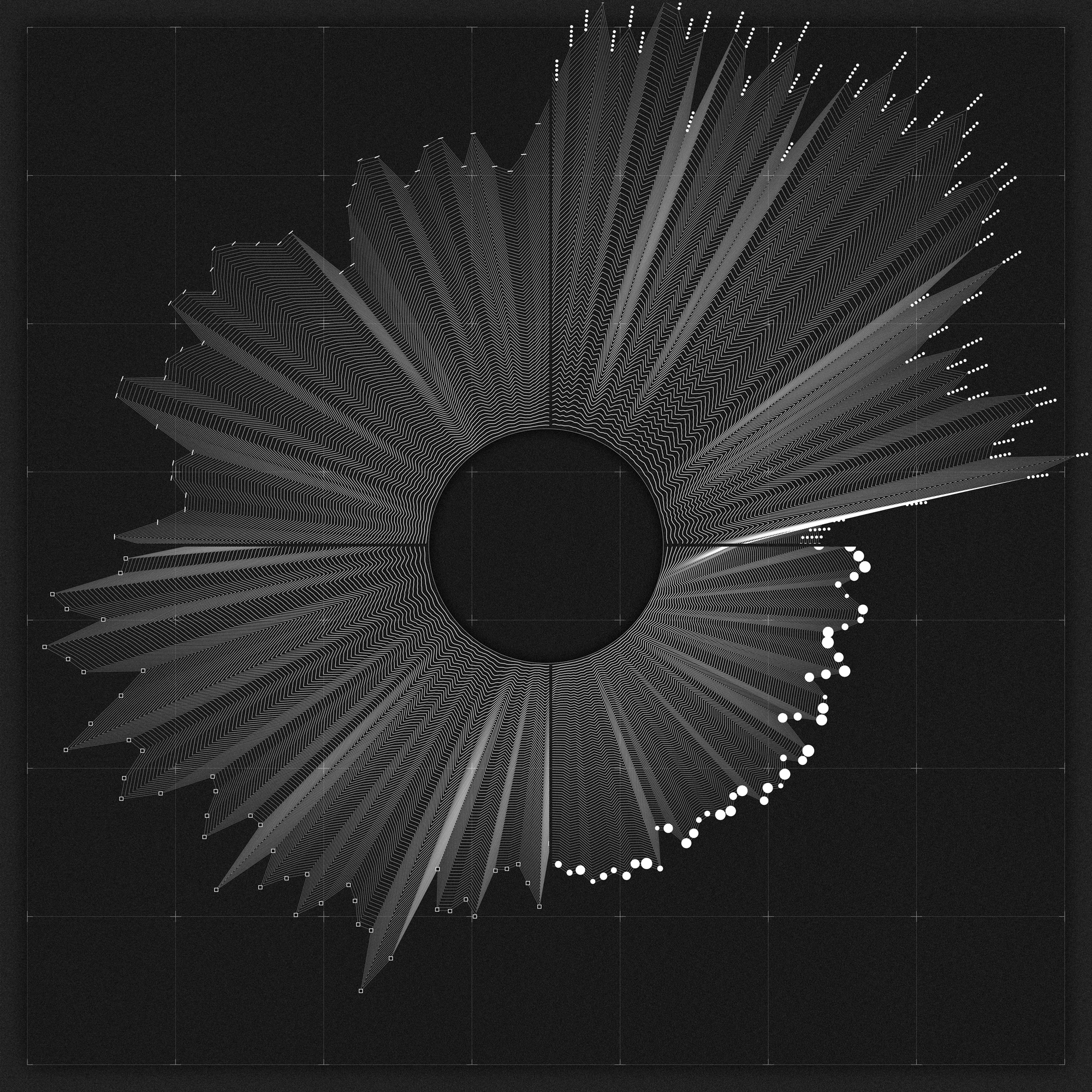
THE MUSICAL EXPERIENCE
1. Despina
Just like the camel-driver and the sailor, every man travels with his imagination trying to grasp something beyond his nature.
Continuous impulses towards the world around us, passionate searching, endless desires.
Denying what we possess in order to push towards elusive desires.
Will it lead man to happiness? Or is the human being merely desiring to desire?
2. Ottavia
A network as a metaphor for the foundations of our cities and the foundations of our very own existence.
Overwhelmed by hectic existences we sometimes forget that beyond a certain limit, the net won’t hold us.
We are vulnerable individuals living in equally vulnerable places.
Becoming aware of our limits – and respecting them – is the only weapon we have to protect our existence.
3. Fedora
Looking through different spheres, the people of Fedora can choose the version of their city that best reflects their desires; in the same way, every human being must steer his own future in the right direction.
It is a matter of viewpoints and perspectives – will one of the possible futures choose us, or will we be able to shape our future according to our desires?
4. Leonia
Despite the dark times humanity is going through, individuals still seem to fail understanding the value of certain things.
In a world where everything becomes obsolete with the blink of an eye, how many would give up the chance to remake their lives every day from scratch, like the inhabitants of Leonia?
To indulge in ephemeral and unbridled luxuries, if they had the chance?
Desire to appear. Competition. Need to gain acclaim.
Falling into temptation becomes very easy, and once that happens, living a lie and ignoring the real issues becomes easy for most people.
Is it really worth it?
5. Dissolution
The dissolution – the disintegration of the human being in the contemporary city.
The ‘masks’ that the human being finds himself wearing, forced by circumstances, in a social context no longer founded on existential values.
A suffering cry, provoked by the malaise that leading such an existence brings with it – but – the only way to try to survive, making one’s own voice heard.
6. Distance
In 1619, Kepler wrote Harmonices Mundi, The Harmonies of the World, a treatise in which he discusses the similarities between music and physical phenomena.
In the treatise, there is an extensive discussion on the link between planetary orbits and musical harmonics from which Kepler developed the theory that the relationships between the minimum and maximum orbital velocities of the planets are similar to those of a harmonic succession (Today we have much more accurate measurements of the Solar System, and we know that Kepler’s interpretation was in partial disagreement with the actual planetary orbits).
For example, the maximum and minimum orbital velocity of the Earth are in a ratio of 16 to 15, being approximately 30 km/s and 28 km/s.
This ratio can be considered similar to that between E and F, a semitone.
The minimum and maximum velocities therefore defined the boundaries for the vocal extension of the planets, i.e. ‘how many notes they were able to play’.
Kepler’s planetary chorus therefore contained a tenor (Mars), two basses (Jupiter and Saturn), a soprano (Mercury) and two trebles (Venus and Earth).
Kepler had therefore assigned each planet a specific role (range of sounds) in the creation of cosmic music.
THE VISUAL EXPERIENCE
(by Tiziana Alocci)
The main artwork consists of four segments, each one representing a music track.
The arrangement of the tracks follows a theory defined by Kandinsky where each 1/4 of a square would represent an emotional tension.
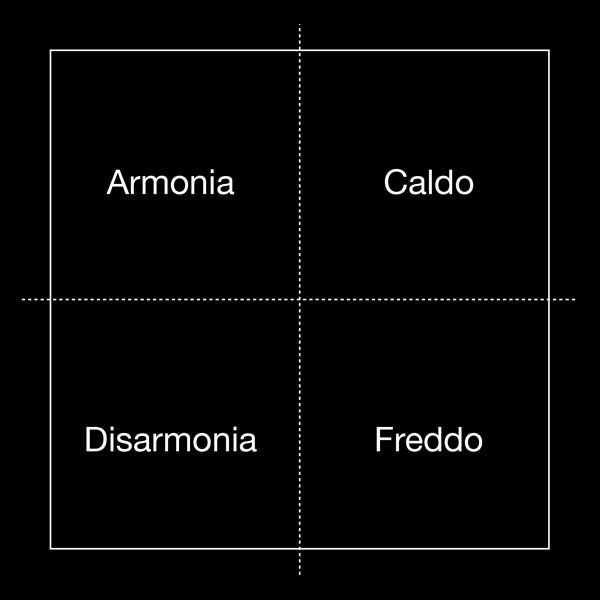
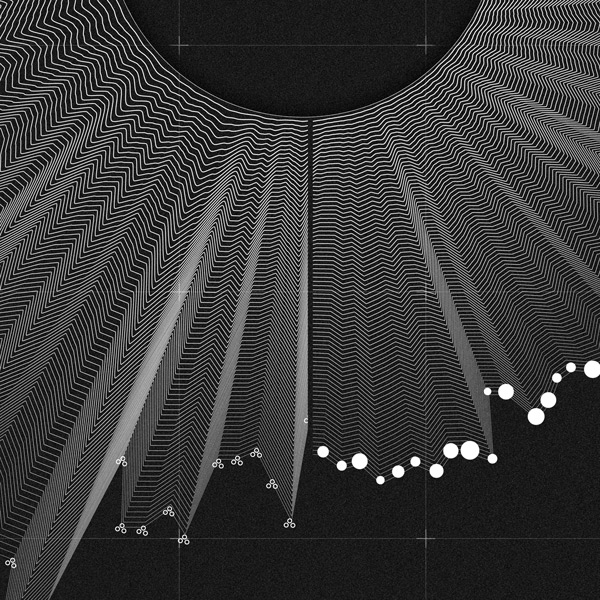
CONTACTS
info[at]monochrome.city
